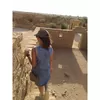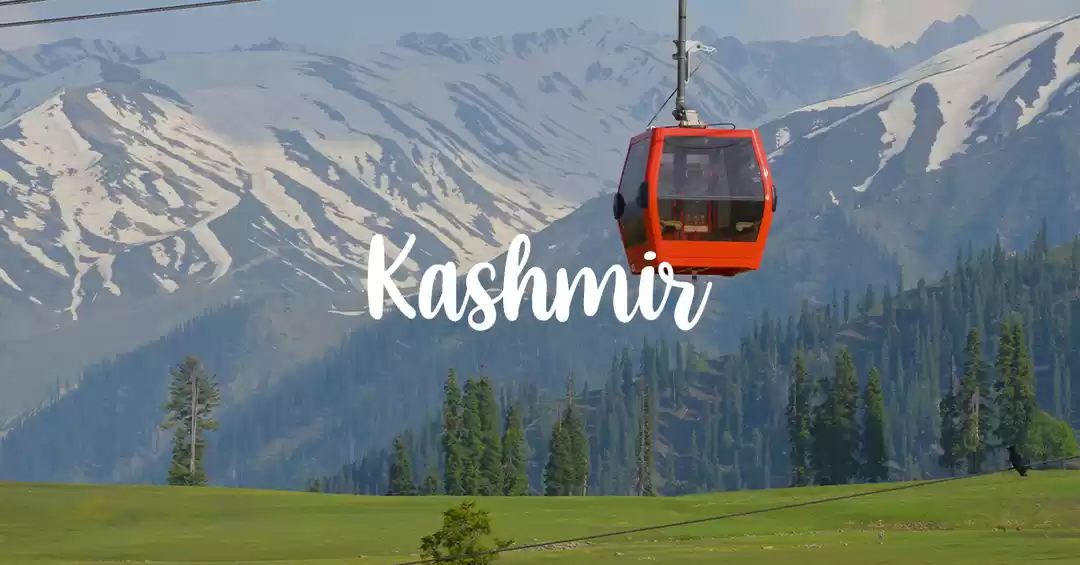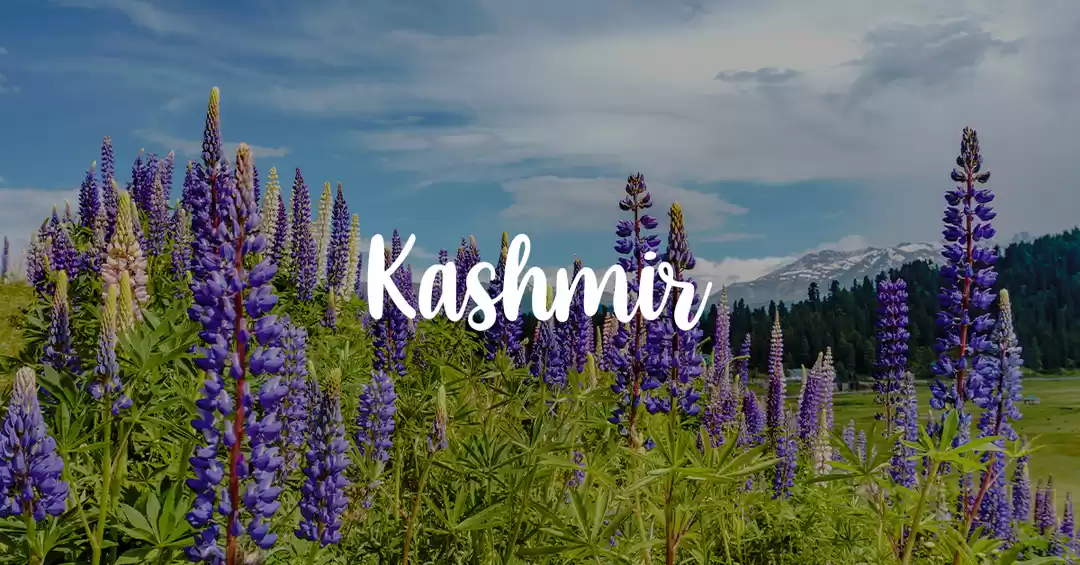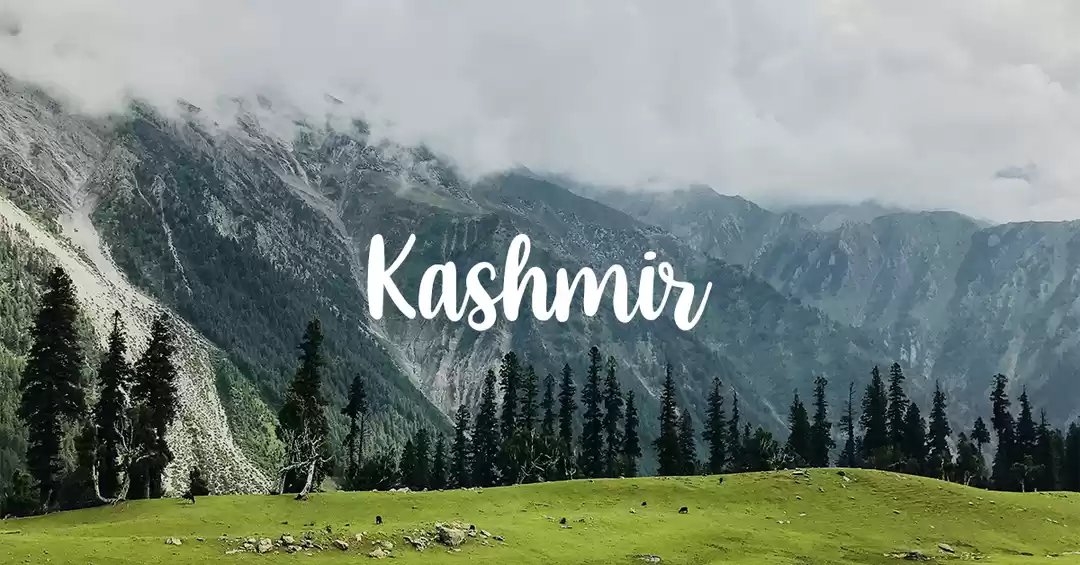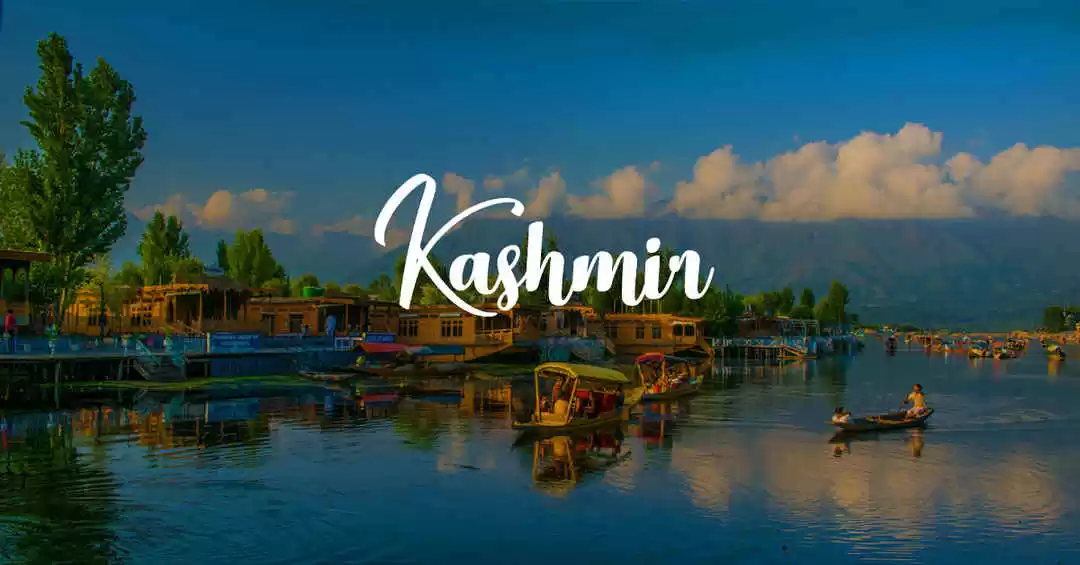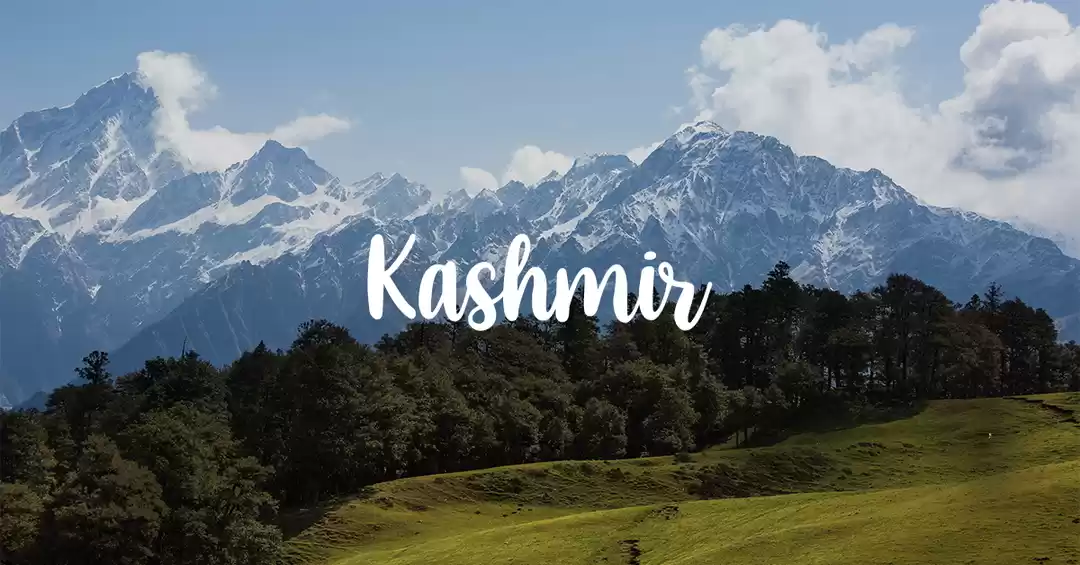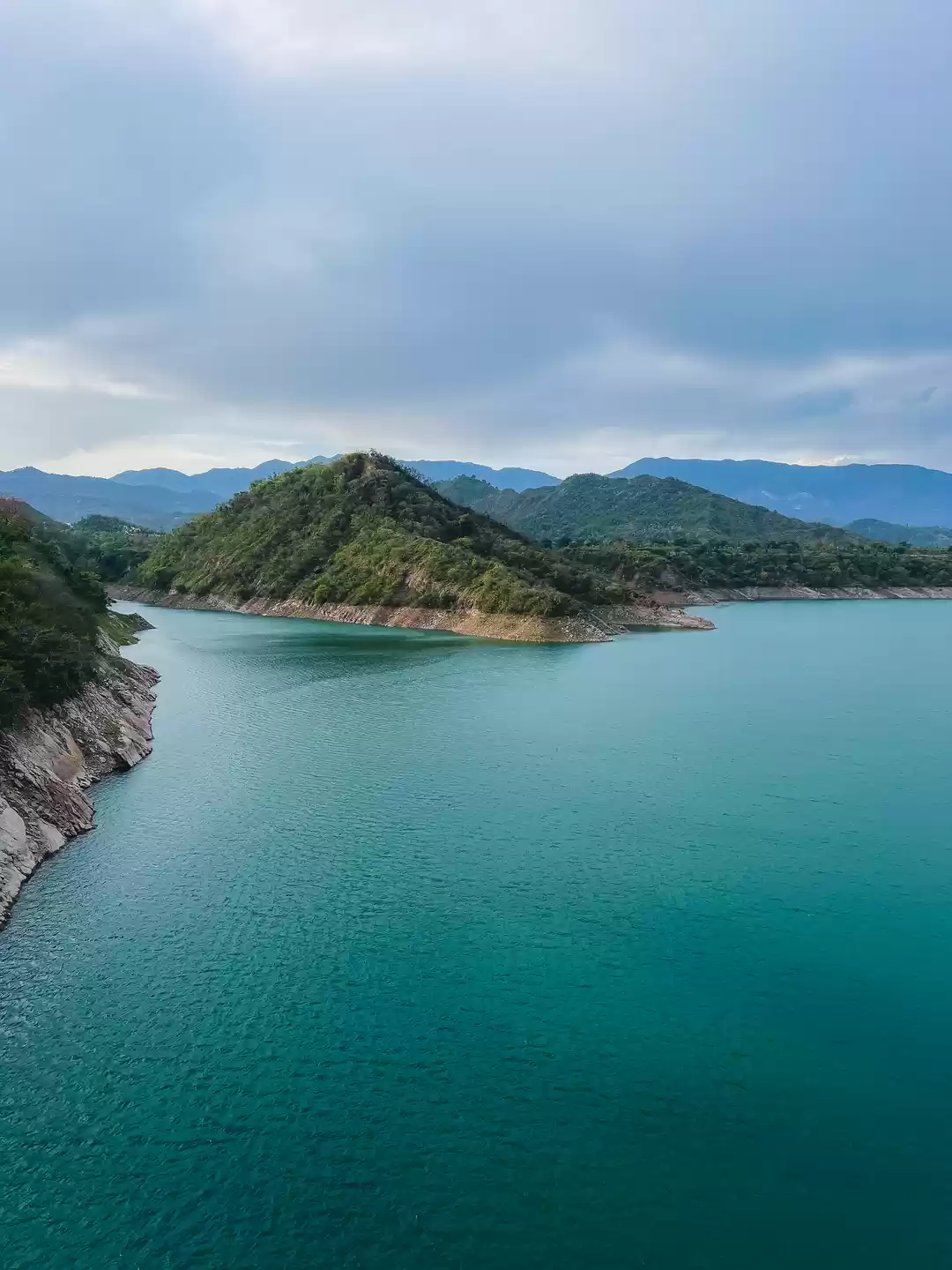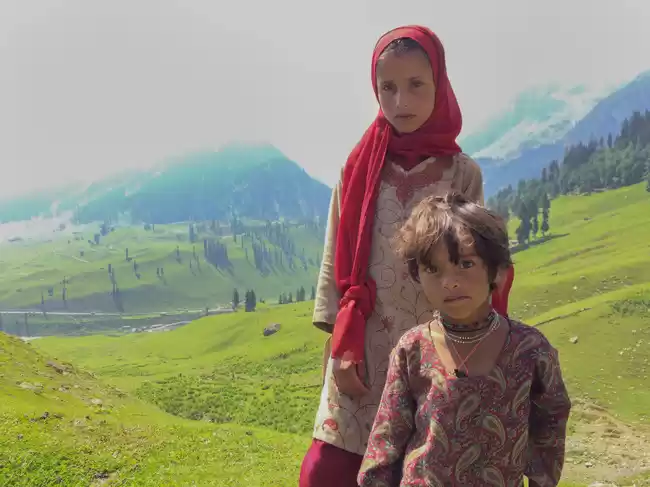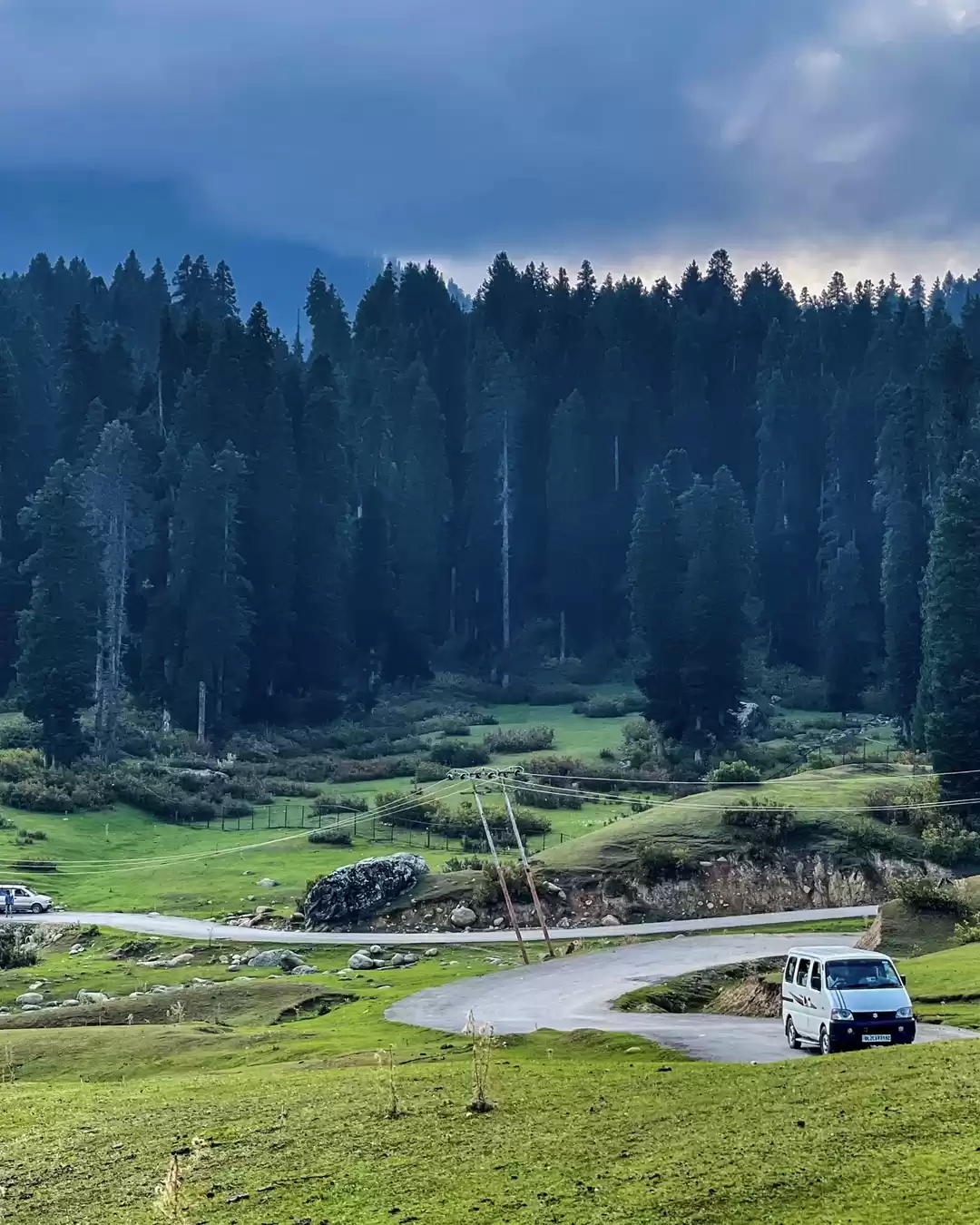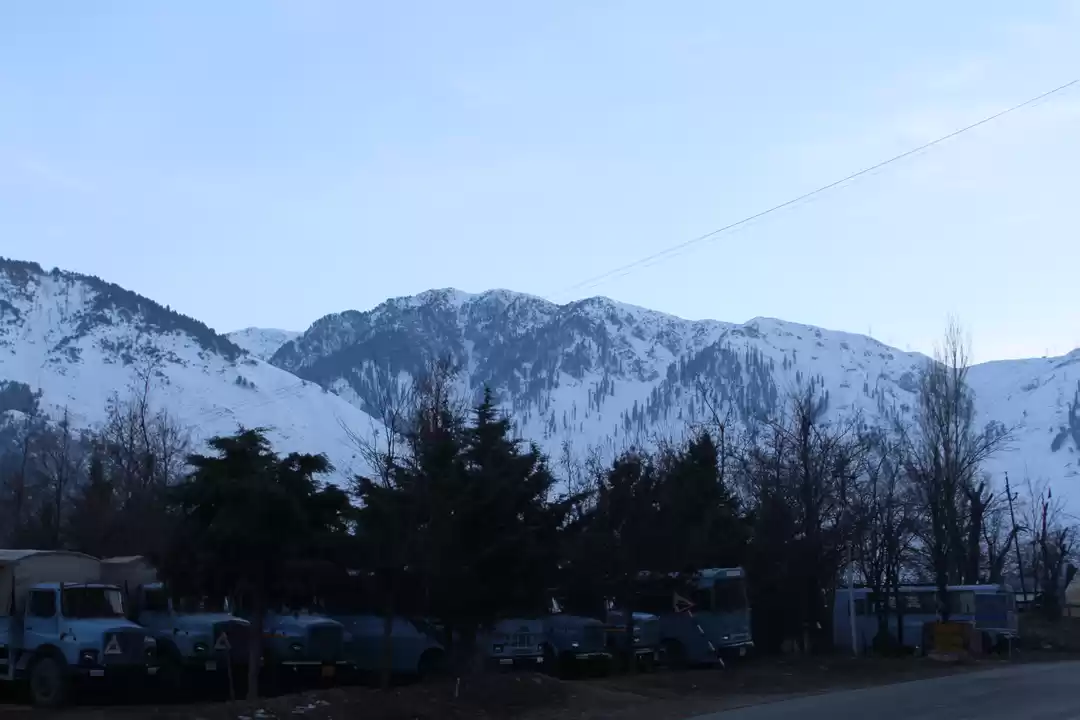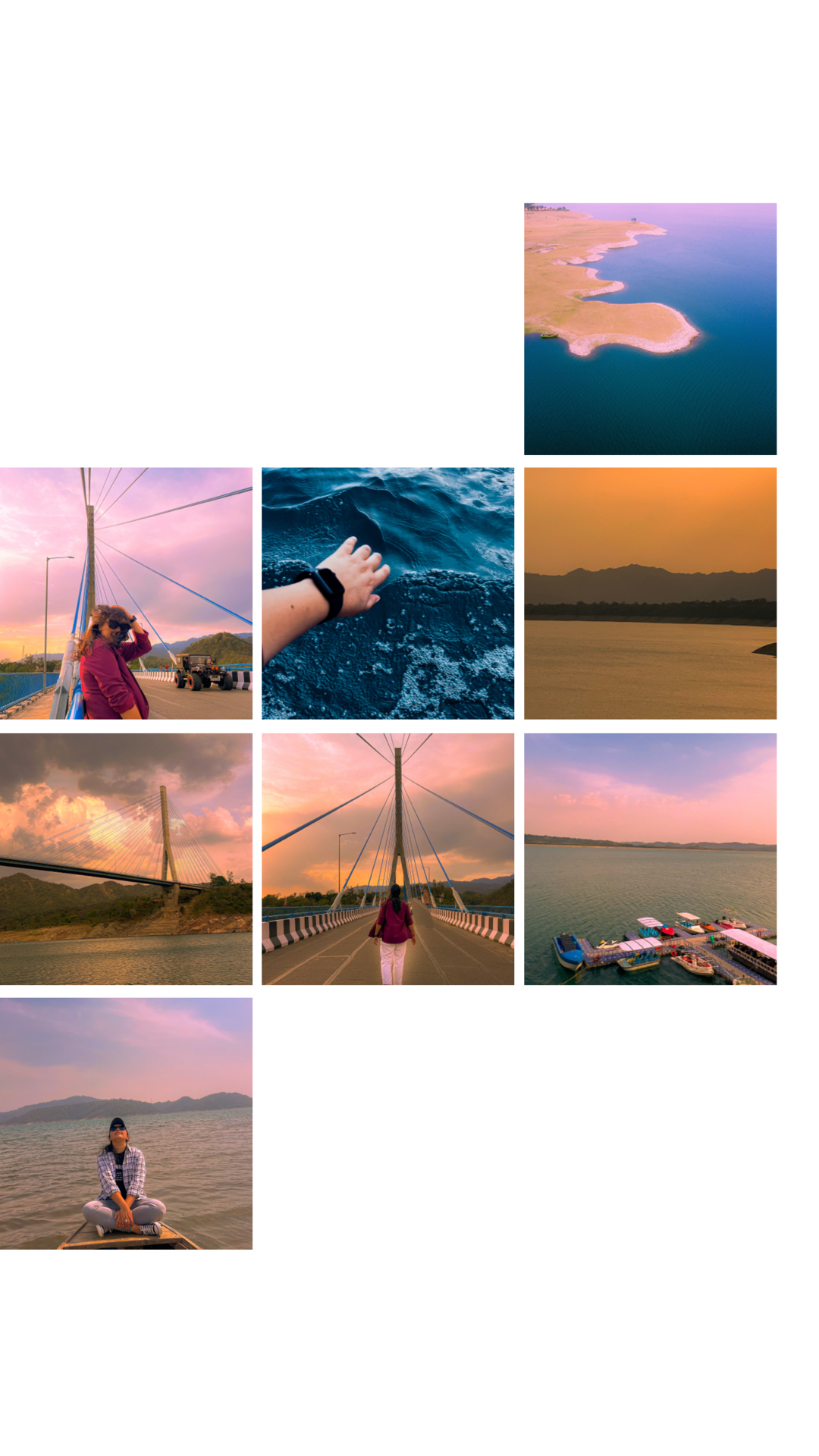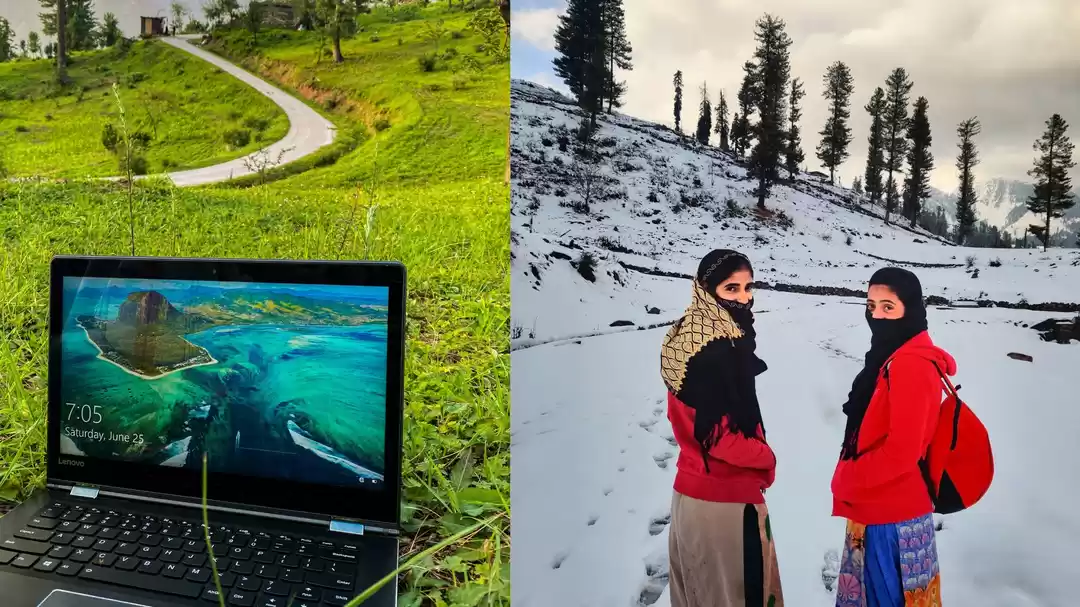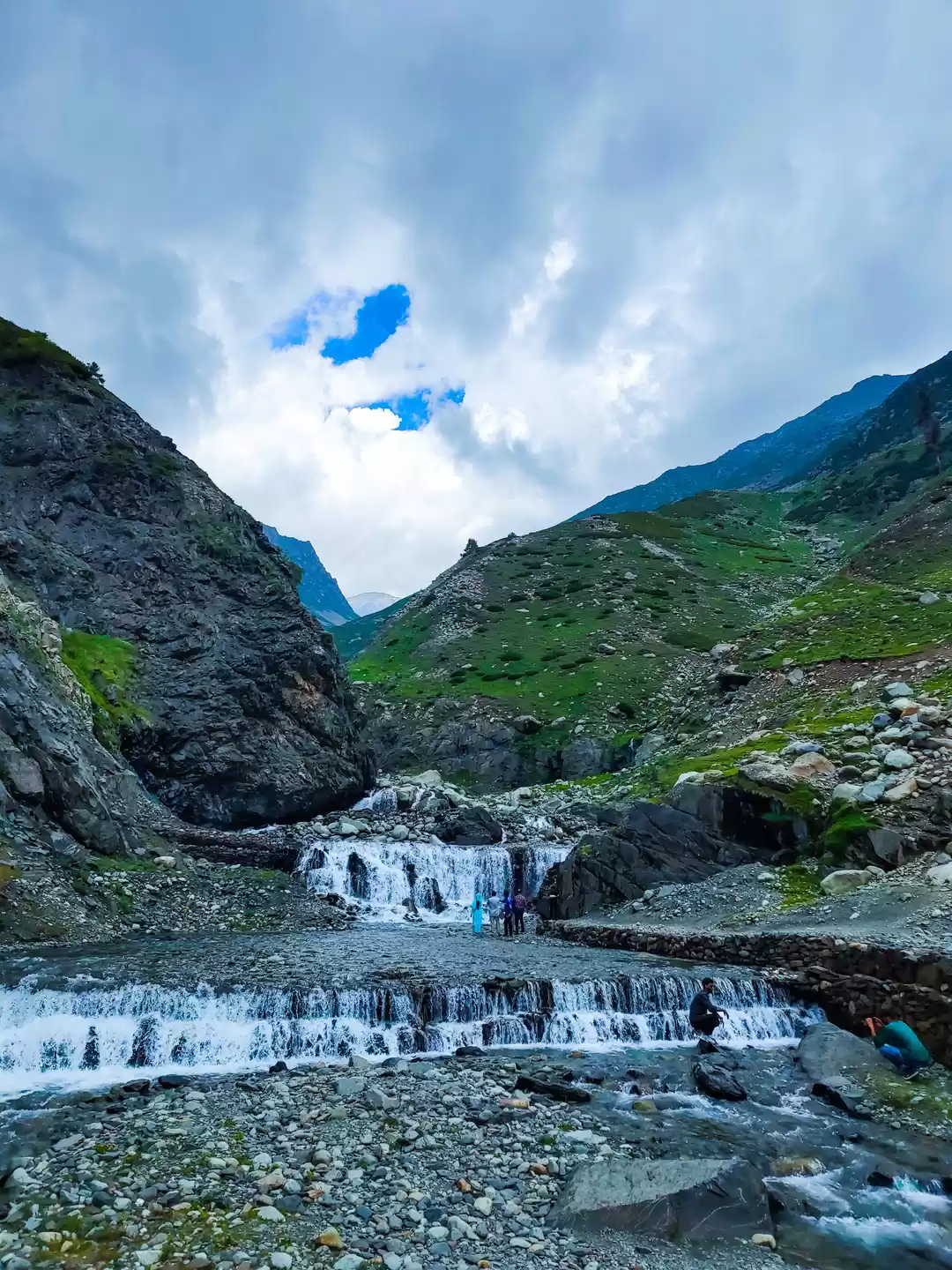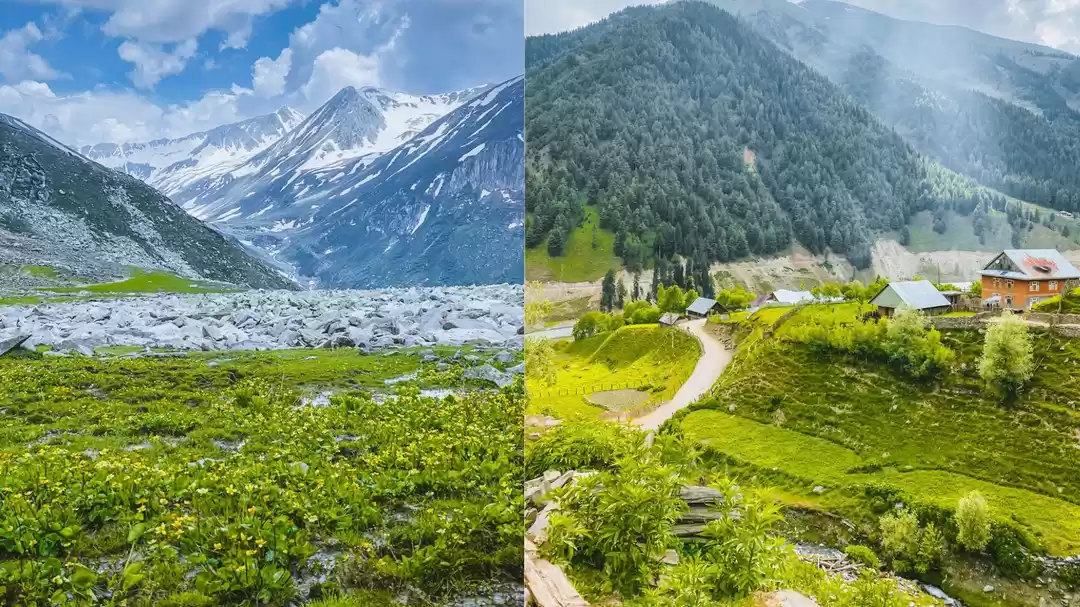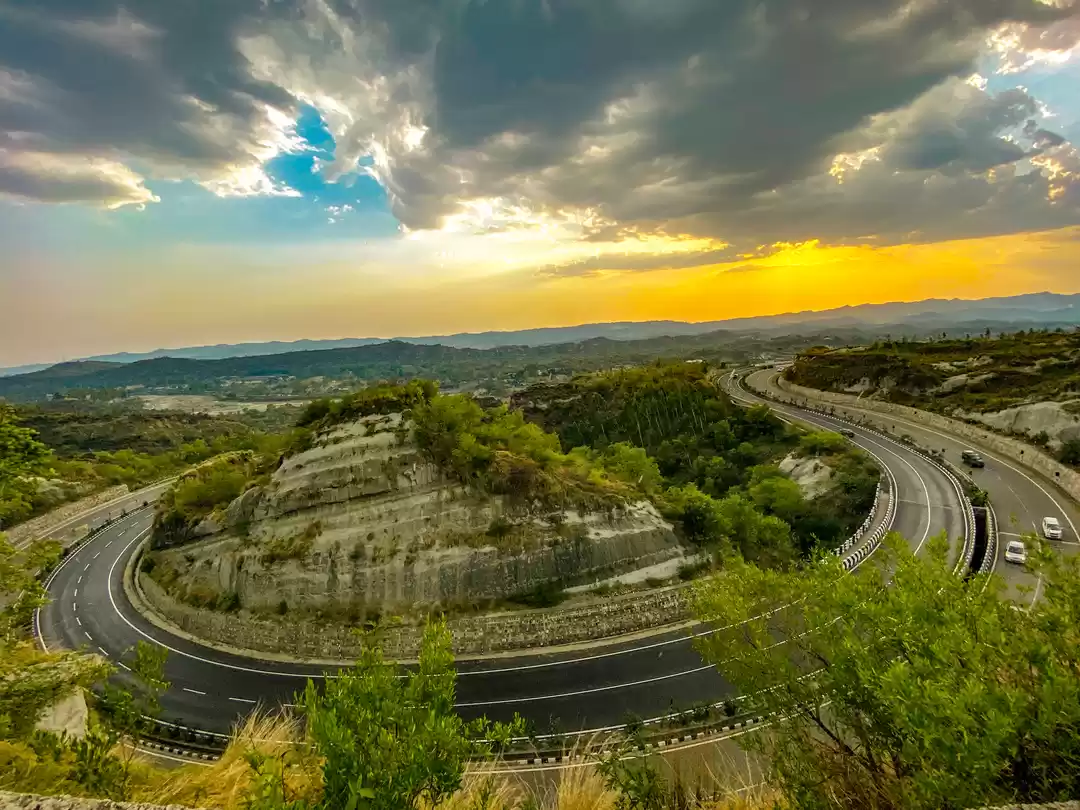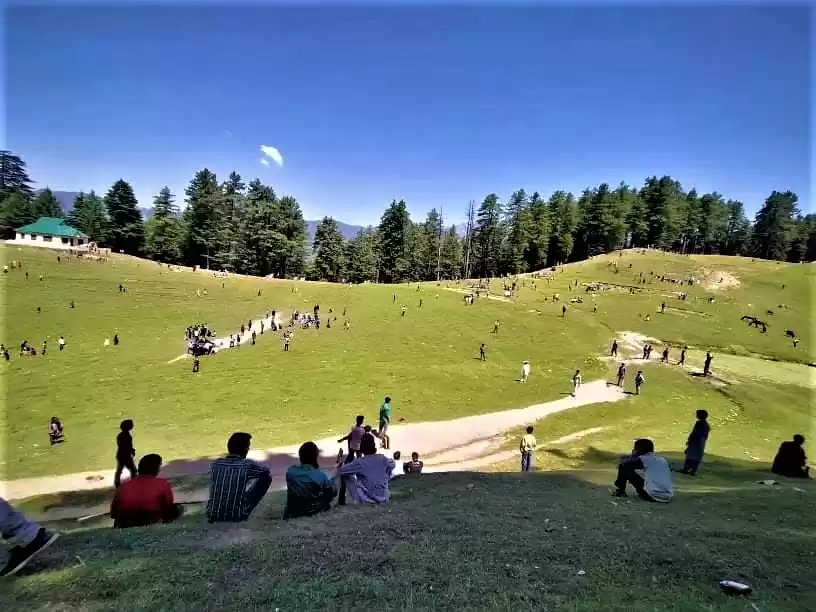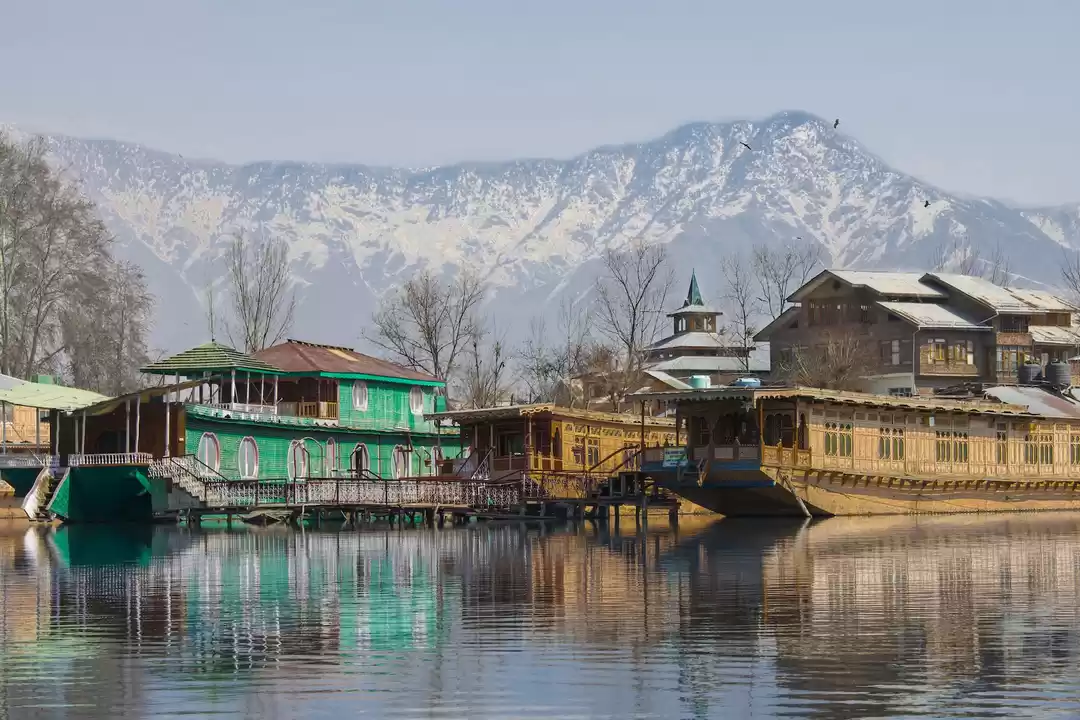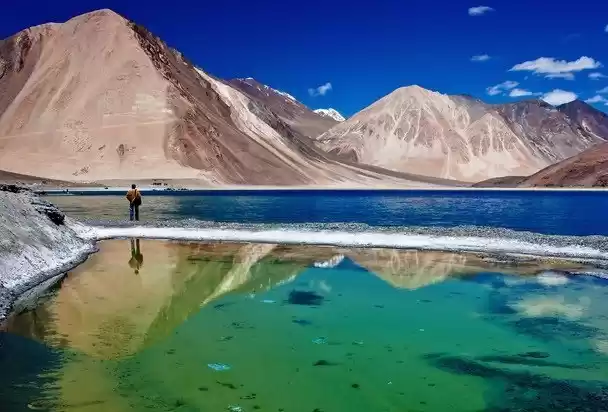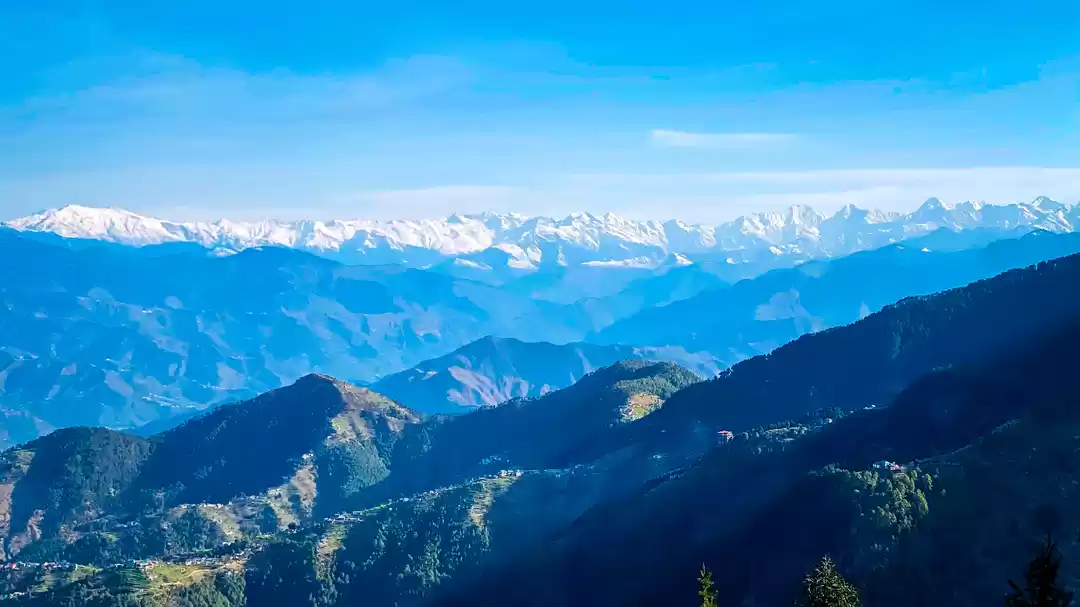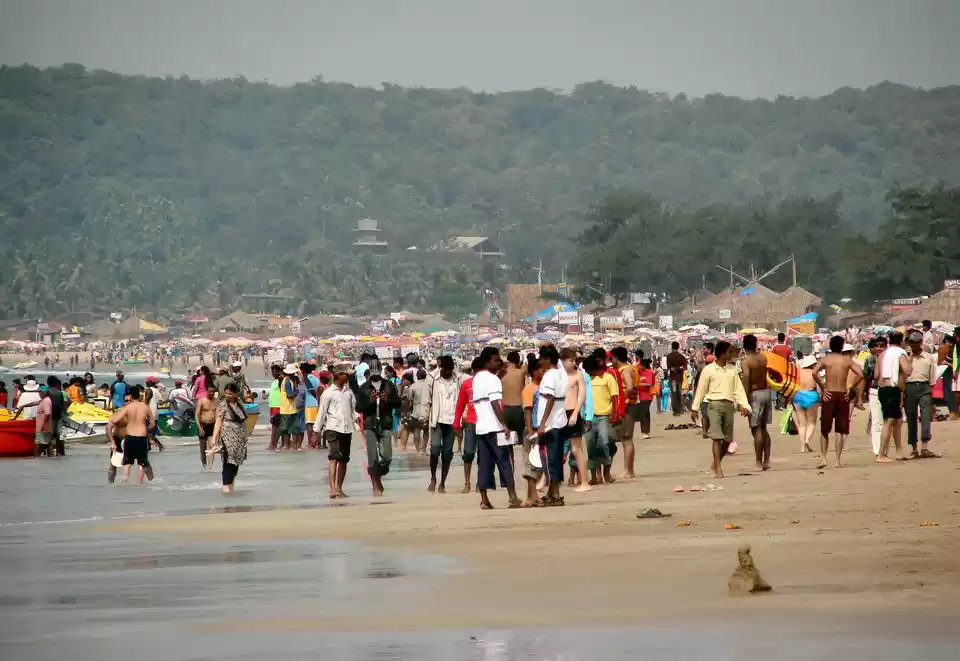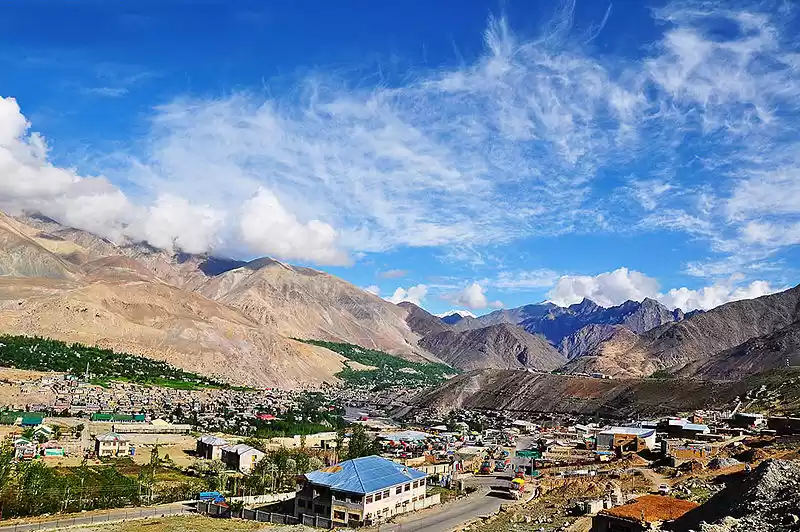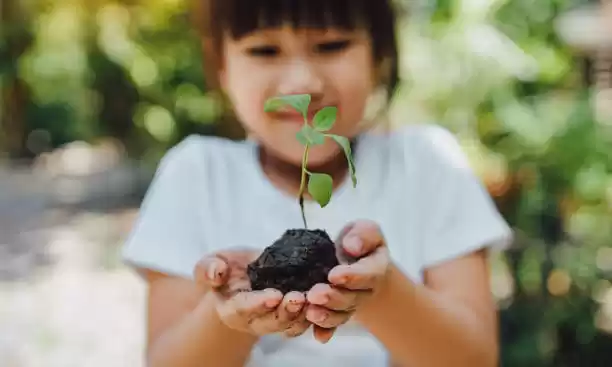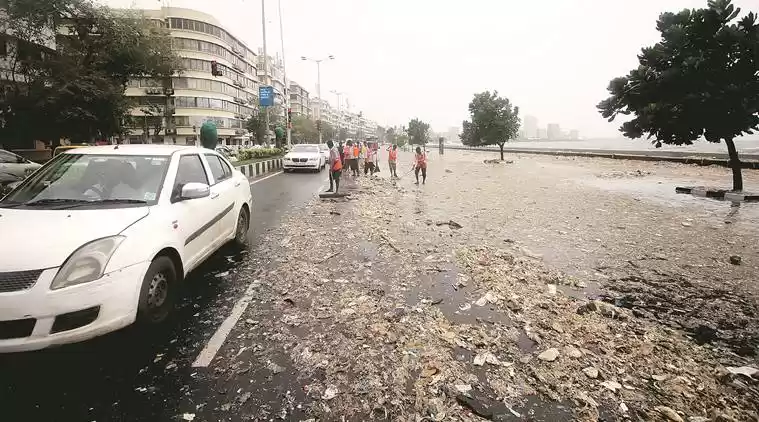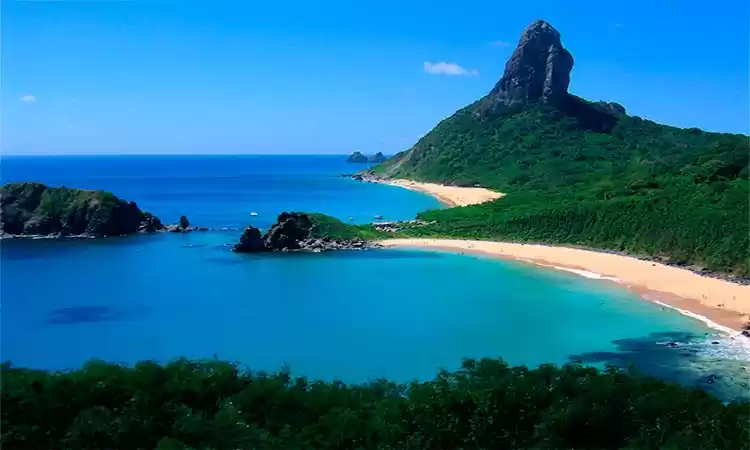
We savored on Thuppka (an authentic Ladakhi dish) in Rumstey, while I had a conversation with our host Angmo. Man, I must say the thuppka was delicious and very much of a nutritious meal. It was because of Angmo, I could bring back some life into those feet that had turned numb last evening. The ice-cold winds while crossing a pass- Tanglang la at an altitude of more than 17k feet had got my companions and me semi-frozen. Angmo was kind enough not only to prepare a quick warm dinner but also to provide us with a warm fireplace to bring back the lost warmth into our systems. She is a pleasant lady living with her family and earning a livelihood through the homestay, alongside a cafe and some local farming.
Rumstey is a tiny village made up of a few other families and homes with a similar lifestyle. These village dwellers have a way of living that is certainly quite healthy and eco-friendly. We got a lot to learn from this place as well as the villagers’ lifestyle. It could be attributed to the awareness they held, that these villages were tidy and litter-free. The winters here are harsh, it requires thick layers of warm clothing and coverings. People need to keep their body temperatures and fat intact. This calls for the consumption of quite a lot of animal products such as thick leathers, warm wool, and an awful lot of cheese and butter. This leads to the rearing of cattle in bigger numbers, the manure from which is also used well in turn. During summers, the manure is composted and used as natural fertilizers in agriculture. Since the weather conditions here are such that the winters are extremely cold and dry, only summers are ideal for farming in the region. During winters, the place remains cut off from major transportation thus also limiting their supplies to a great extent. This creates a need to stock up things and utilize the resources efficiently. Thus the cattle excreta are turned into dried dung cakes which works effectively as a fuel for the fire. This brings down the consumption of other sources of energy too such as firewoods (the trees around the region is scarce), and gas (the transportation problems). I even noticed that the locals hardly use any kind of single-use plastics around which is one of the main reasons for minimal or almost zero litterings. Even their staple diet includes highly nutritious dishes, with the usage of minimal oil and more veggies adding on to their healthier lifestyles.

The region is highly welcoming to travelers and tourists, as tourism is one of the major source of bread and butter here. Perhaps we, the tourists, leave behind a humongous carbon footprint. This trans-Himalayan region is very fragile and tourists flocking in numbers way beyond the region’s carrying capacity causes a devastating effect on the ecology. Not just that, the waste and garbage left behind by the tourists become a huge challenge for the local people to tackle. All the modes of transport, burning of garbage, leaving behind our wastes, our consumption habits, and a lot more factors harm the environment.
As tourists, if we are not benefitting the place we are visiting, we can at least try to cause it lesser harm. We can be responsible travelers by adopting some of the practices that shall reduce the negative impact we may possibly be causing to these places. Such practices include reducing our carbon footprint in the first place that is by traveling most efficiently, consuming local products which wouldn’t have required much of transportation and alike. Followed by other things such as practicing efficient waste disposal methods, non-use of single-use plastics, and respecting the local customs and traditions. It is not a big deal to give away a few of our regular habits while visiting a new place, rather adopting a lifestyle that is native friendly is always fun. Even though it might get quite challenging, it shall make us feel less guilty about the choices we are making which aren’t environmentally friendly.

While we halted at a place called Lato on the way back from Ladakh, I threw away a couple of wrappers,(we hardly consumed any form of packed items, especially single-use plastics). Out of curiosity, I happened to check with my host- how the garbage is dealt with, in the area. It came as no surprise that the only way of waste and garbage disposable here was by burning them. There existed no system of garbage pickups and recycling plants were nowhere close. It seemed that they were aware of the effects of such waste management on the environment, yet they had no other option. If given a logical thought these places have so much to offer to the visitors which is the primary reason people are traveling to the place. If we, as visitors take away that essence itself then what shall remain of the destination to visit in the future.

Even when the locals of the place are ready to adjust their lifestyles in a very nature-friendly manner, the actions of tourists visiting the region will have a lasting impression for sure. My travel buddies and I tried to adapt to the region by minimizing our waste (especially the single-use plastics), eating and, consuming on local products, keeping our emissions to as low as possible. Yet, I felt we lacked behind, we failed the mother nature. Our visit to the region certainly left an impact, how much of it was positive, I’m not sure of!
The Pandemic has got all of our feet and backpacks held back. This isn't just about getting frustated about not being able to get out. It is the time to rethink about every action and decision of ours which might have previously impacted the environment negatively. Try and fix them, or atleast not repeat them. So, once everything is back to normal or atleast gets better, we can sart to travel reponsibly.

